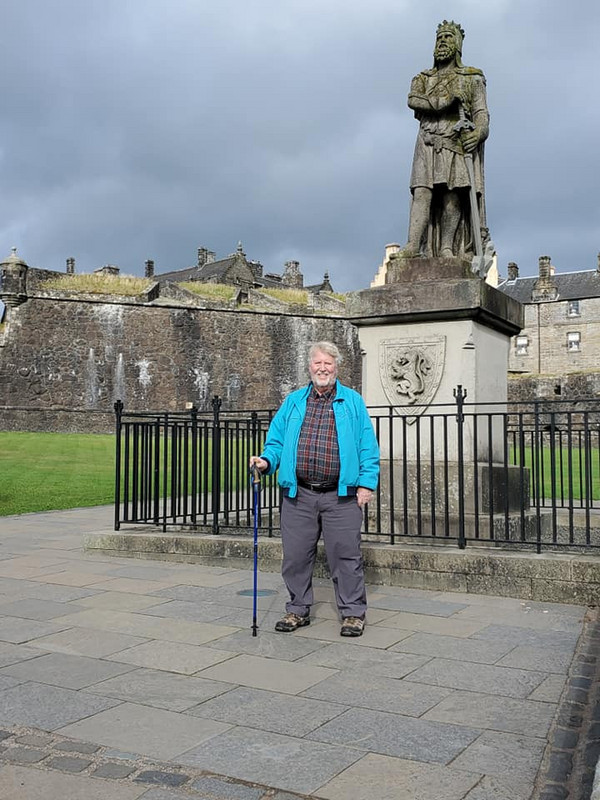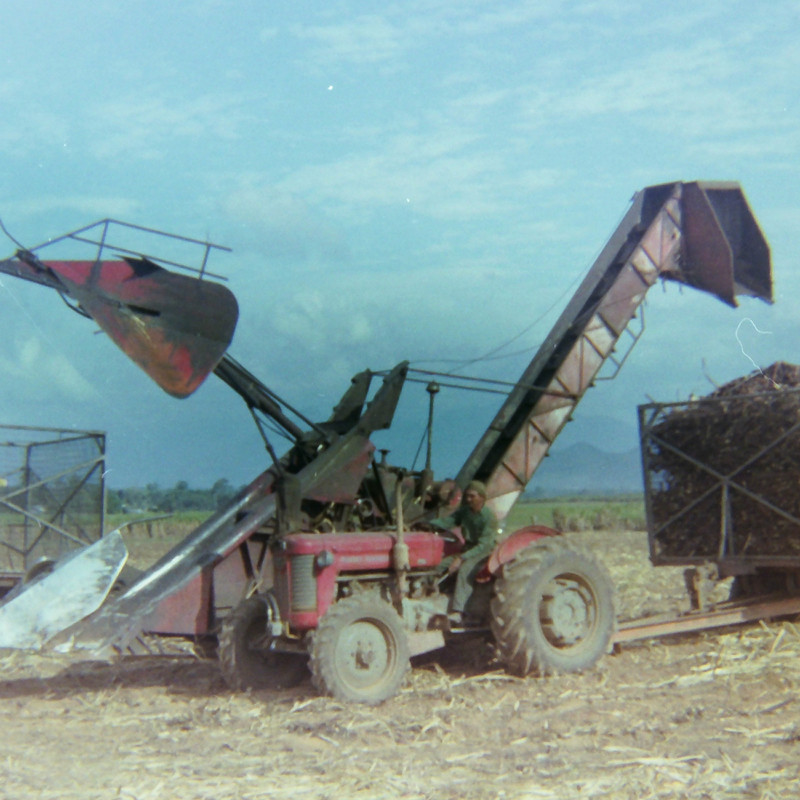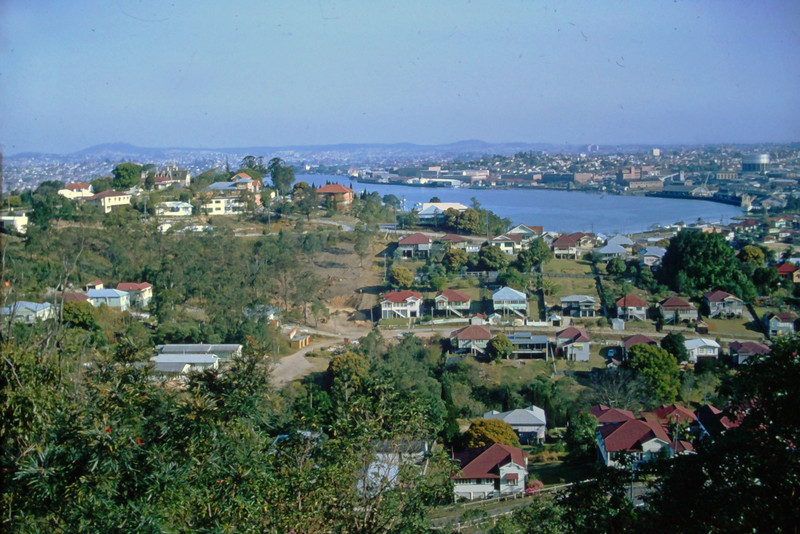My ancestral visitations of Scotland began with Lanarkshire, Dumfries and Galloway, and Ayrshire; recounted in the previous blog at Scottish Ancestral Visitations in Lanarkshire, Dumfries and Galloway, and Ayrshire. I suggest that you read that blog first. This blog covers my travels in Sterlingshire, Fife, Perth and and Aberdeenshire.
I had reservations for Sterling Castle at 10 AM so drove there directly from Glasgow. I was able to park directly in front of the castle. In 1296 the castle came to the forefront of political affairs when King Edward I (20th ggf) of England started the Wars of Scottish Independence. The castle was captured by Edwards forces and over the next 50 years would change hands seven times. The first occasion was following the Battle of Sterling Bridge (1297) when William Wallace ambushed the English forces as they crossed the narrow medieval bridge crossing the River Forth. This victory proved fleeting when King Edward I routed Wallace at the Battle of Falkirk (1298) and retook the castle. The most dramatic seizure of the castle came in 1314 when, after the catastrophic English defeat by King Robert I the Bruce (19th ggf) at the Battle of Bannockburn, Stirling Castle was handed over to
the Scots. By 1336 the castle was back in English hands following King Edward III (18th ggf) success at the Battle of Halidon Hill (1333). But King Edward IIIs interests shifted to France; the northern campaign was neglected and Scottish forces were able to Stirling in 1342. Thereafter Stirling Castle acted as a Royal Palace and center of administration for three hundred years with significant upgrades and alterations being made by the various Scottish monarchs. Both Mary Queen of Scots and her son, the future James VI (and I of England), were crowned in the castle although once James ascended to the English throne the use of Stirling declined.
My next stop was Bannockburn Battlefield. That battle fought in June 23/24 1314. The battle started when Sir Humphrey de Bohun, nephew of the Sir Humphrey de Bohun, 4th Earl of Hereford, who was married to Princess Elizabeth Plantagenet (19th ggps), daughter of King Edward I of England and Queen Eleanor of Castile (20th ggps), charged in full armor and his lance at King Robert I
the Bruce, who was lightly armored and only carried an axe. King Robert sidestepped the lance and with his axe split Sir
Humphreys helmet and head in half; breaking his axe in the process. King Robert I the Bruce captured Sir Humphrey, 4th Earl of Hereford, and exchange him as a hostage for his wife Isabel of Mar and his family. They had been betrayed by my ancestor Sir William de Ross, and turned over to King Edward I as recounted when I visit Killdrummy Castle. The battle ended with a major Scottish victory over King Edward II.
I proceeded to nearby Dunfermline Abbey and Palace. I found a parking space right in front of the Abbey, but had difficulty backing into it. A parking enforcement officer offered to park the car for me...one sure way to avoid a parking ticket! Dunfermline, once the capital city of Scotland, is at the heart of Scotlands history and the royal and monastic past. The Royal Palace and the 12th century abbey dominate the town. King Malcolm III Canmore and his queen, Saint Margaret (26th ggps) moved their court from Dunkeld to Dunfermline after the death of King Duncan I (27th ggf), the historical figure in Shakespeares fictitious Macbeth. Their son, King David I (25th ggf) founded the abbey in 1128. It is the
final resting place of Robert the Bruce and 11 other Scottish kings and queens. Dunfermline Palace was the birthplace of King David II in 1324, King James I (17th ggf) in 1394 and King Charles I in 1600.
During the Scottish Reformation, the abbey church underwent a protestant ‘cleansing, and was sacked in March 1560. During the English Civil War Cromwells troops destroyed Saint Margarets shrine and her bones were scattered.









